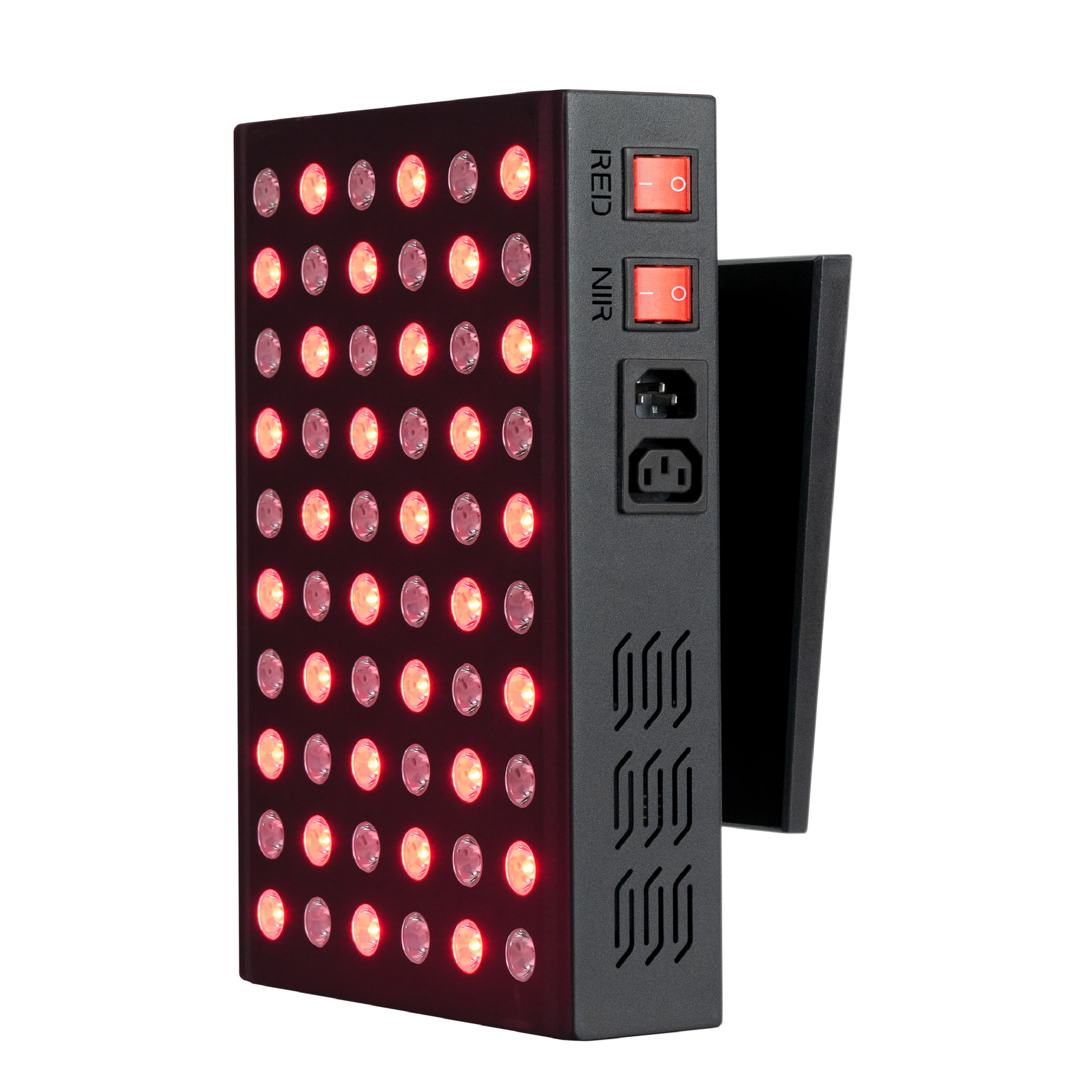Email format error
Email cannot be empty
Email already exists
6-20 characters(letters plus numbers only)
The password is inconsistent
Email format error
Email cannot be empty
Email does not exist
6-20 characters(letters plus numbers only)
The password is inconsistent


In the ever-evolving landscape of light therapy, the terms "red light therapy" and "LED therapy" are often used interchangeably. However, a closer look reveals distinctions in their mechanisms, applications, and benefits. In this comprehensive blog post, we aim to unravel the nuances between red light therapy and LED therapy, shedding light on their unique features and applications.
i. Distinctive Wavelengths
Red light therapy utilizes specific wavelengths in the red spectrum, typically ranging from 620 to 700 nanometers. This range is believed to penetrate the skin and stimulate cellular processes, promoting various therapeutic effects.
ii. Natural and Artificial Sources
Red light therapy can be derived from natural sources like sunlight or artificial sources such as specialized red light therapy devices. The concentration of red light in these devices is optimized for therapeutic purposes.
i. Diverse Wavelengths
LED therapy, on the other hand, encompasses a broader spectrum of wavelengths, including red, blue, and near-infrared. LEDs (light-emitting diodes) are used to deliver these specific wavelengths, making it a versatile modality for various applications.
ii. Multifaceted Applications
LED therapy is not limited to red wavelengths. Different wavelengths target distinct skin concerns and health conditions. For instance, blue light is known for its antibacterial properties, while near-infrared light penetrates deeper into tissues for enhanced cellular benefits.
i. Red Light Therapy Mechanism
In red light therapy, the red wavelengths interact with mitochondria in cells, promoting the production of ATP (adenosine triphosphate) and enhancing cellular energy. This process is believed to contribute to tissue repair and anti-inflammatory effects.
ii. LED Therapy Mechanism
LED therapy, with its varied wavelengths, influences cellular processes differently. For instance, blue light targets acne-causing bacteria, while red and near-infrared light focus on promoting collagen production and reducing inflammation.
i. Skin Rejuvenation
Red light therapy is commonly employed for skin rejuvenation, reducing wrinkles, promoting collagen synthesis, and enhancing overall skin tone. It is also utilized in wound healing and scar reduction.
ii. Pain Management
The anti-inflammatory effects of red light therapy make it a popular choice for pain management, addressing conditions like arthritis, muscle soreness, and joint pain.
i. Acne Treatment
Blue light therapy within the LED spectrum is effective in treating acne by targeting and eliminating acne-causing bacteria. It helps reduce inflammation and prevent future breakouts.
ii. Comprehensive Skincare
LED therapy, with its diverse wavelengths, caters to various skincare needs, from addressing hyperpigmentation to promoting overall skin health. Near-infrared light is particularly beneficial for deeper tissue penetration.
Red light therapy is a subset of LED therapy, focusing specifically on red wavelengths. LED therapy, encompassing a broader spectrum, offers a more comprehensive approach to addressing various health and skincare concerns.
i. Specific Goals
Understanding individual health and skincare goals is crucial in determining whether red light therapy or LED therapy is more suitable. Red light therapy may be favored for targeted benefits, while LED therapy offers a broader spectrum.
ii. Device Features
Consideration of device features, such as adjustable wavelengths and intensity levels, can guide users in selecting the most appropriate modality based on their specific needs.
i. Integration of Technologies
Ongoing advancements in light therapy devices involve the integration of multiple technologies, allowing users to customize treatments based on their unique requirements.
ii. Accessibility and Convenience
Portable and user-friendly devices are becoming increasingly popular, empowering individuals to incorporate light therapy into their daily routines for consistent and convenient use.
i. Cutting-Edge Devices
As a leading provider of red light therapy devices, SODOLUX offers cutting-edge solutions designed for optimal performance and user satisfaction.
ii. Personalized Guidance
SODOLUX understands that every individual's wellness journey is unique. Our team is dedicated to providing personalized guidance, ensuring you make the most of your light therapy experience.
Conclusion:
In conclusion, while red light therapy is a subset of LED therapy, each modality offers unique benefits and applications. Understanding the distinctions allows individuals to make informed choices based on their specific health and skincare goals. As technology continues to evolve, the future of light therapy holds promise for personalized and innovative solutions. Whether opting for red light therapy or exploring the broader spectrum of LED therapy, the key lies in choosing a trusted partner like SODOLUX for a transformative and effective light therapy experience. Illuminate your path to wellness with SODOLUX – where technology meets tailored care.